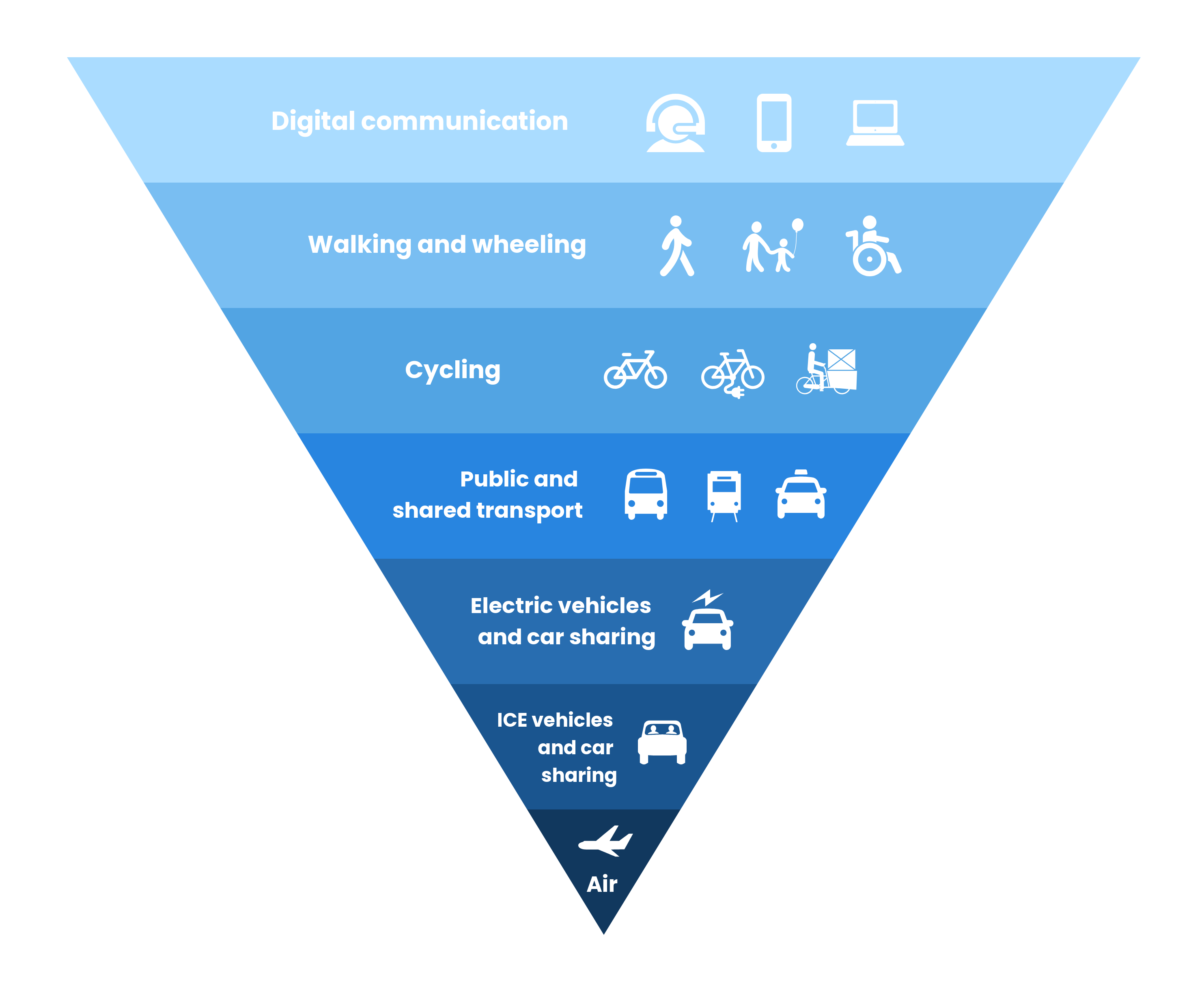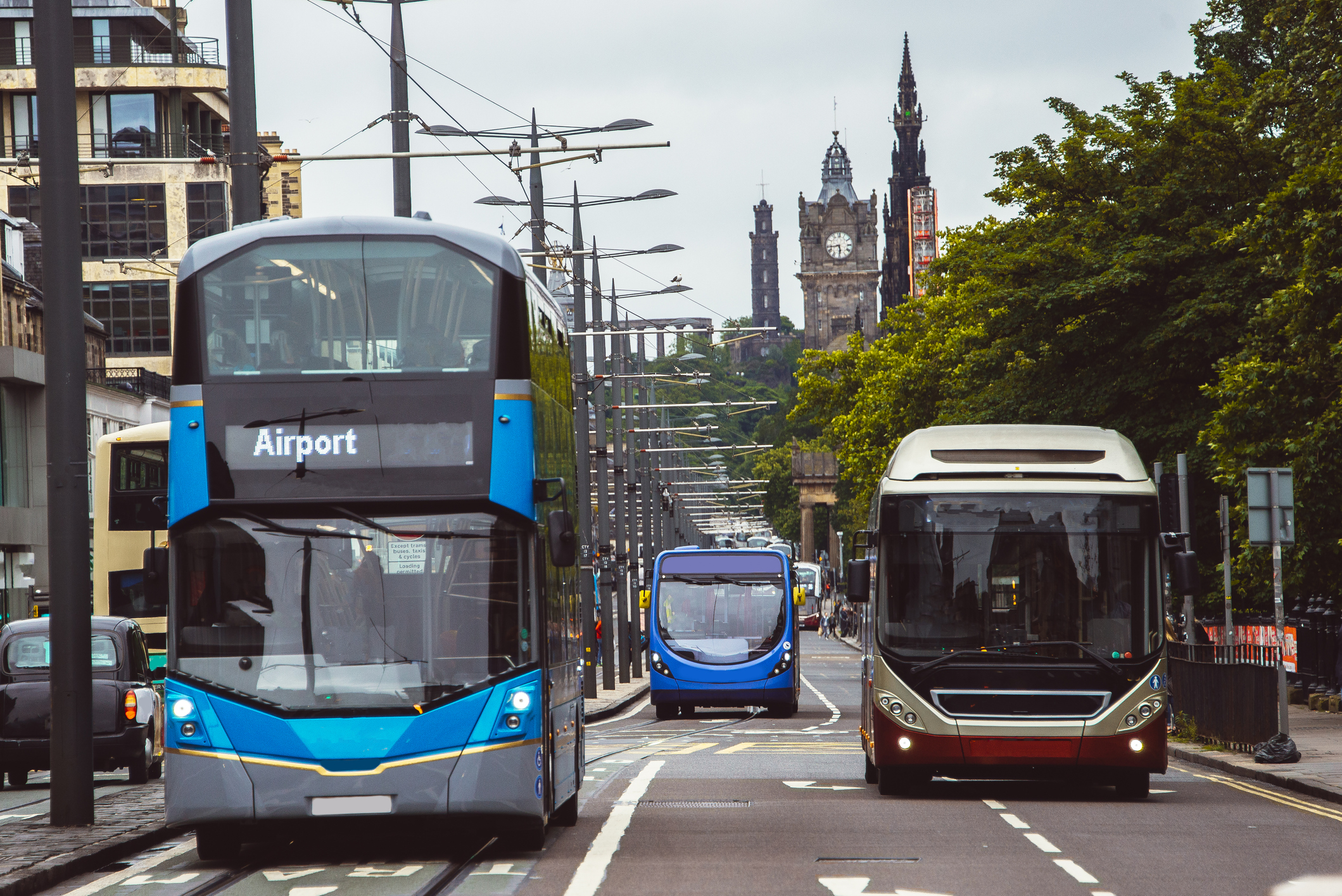Air travel is the least sustainable method of transport, sitting right at the bottom of the hierarchy. In 2019, domestic and international aviation accounted for around 8% of the UK’s total CO2 emissions.
The aviation industry is working on ways to lower carbon emissions from flying, but we will still need to minimise our flights – especially long haul – where possible. A flight from Edinburgh to London, for example, emits around 159kg of CO2 per passenger, compared to as little as 23.5kg if you made the journey by train.
When travelling shorter distances within the UK, trains will take you into the city centre, whereas flights will land and take-off from the outskirts. When you consider this along with check-in times, there often isn’t much of a time benefit to flying. When travelling long distances within the UK, why not consider taking the train instead?



